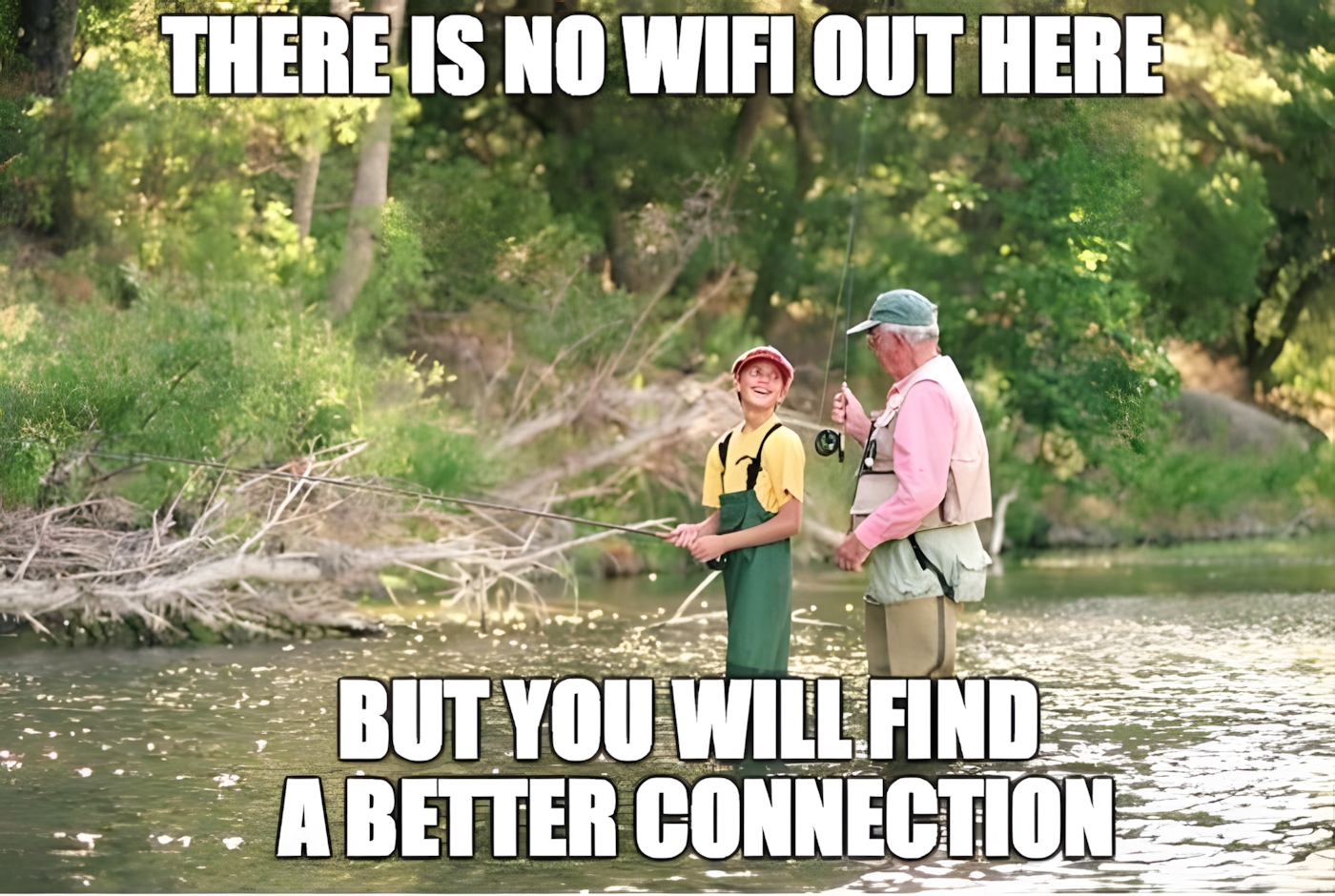Apple released several new products at MacWorld 08. One of them was the Macbook Air, an ultralight laptop that is only 3/4 of an inch thick and weighs in at 3lbs. Apple claims it’s so thin, it can fit into a legal sized envelope. Rounding out the other specs includes a 1.6ghz or 1.8ghz Core 2 Duo processor, 2gb DDR2, an 80gb mechanical HDD or a 64gb solid state HDD, Intel integrated graphics, and a 13.3 screen with a res of 1280×800.
Just like the Eee PC, I’m not particularly impressed with this product. Overpriced and underpowered. The Macbook Air is essentially a neutered vanilla Macbook. The top model of the Air has a processor that’s a full 200mhz slower than the base model Macbook. It only has one USB port, no firewire, no optical drive, no ethernet port, no audio input port. It does have a mini-DVI port for video out and 802.11n Wifi. The regular Macbook has all that and for only $1199 while the Air costs $1799. If you want the 64gb solid state hard drive for the Air, the price balloons to $3000! The Macbook is just over 1” thick and weighs 5lbs so it’s certainly not much bigger than the Air. It also has a replaceable battery.
Who would buy this I wonder. Not many I’ll be willing to bet. You’d be a fool if you didn’t think laptops would get thiner and smaller than they are today but these particular models are sacrificing too much for too little size reduction and cost more to boot. While I’m sure the Air is a decent system, the cheaper Macbook is superior to it in almost every way.
Some thoughts on solid state drives. The Air has one as an addon. 64gb, which is less than the stock mechanical drive. They have the advantage of having low energy consumption, which is a bonus for any laptop. They also have much lower seek times than mechanical drives. However, is this really worth $1200 more for less storage space? Power savings is the big draw. Comparing battery life, the regular Macbook gets up to 6hrs, while the Air gets up to 5hrs for some reason. Those are according to Apple.
As for cost of SSDs, you might be thinking how much a 500mb drive cost back in the early 90s. Granted but times are different today. Back then, storage space was really all that mattered and there were no cheaper alternatives with similar performance. SSDs don’t have faster transfer rates, just faster seek times. In a desktop, a couple of Western Digital Raptors at 10,000rpm still smoke SSDs in terms of raw performance. Average read/write rates are more important than seek right now, given mechanical drives have pretty low seeks today as it is. The difference is not enough for the average user to notice. There has been debate in the past over how long SSDs last compared to HDDs. MTBF data does suggest SSDs should last longer but that’s yet to be seen in the real world. The only real noticeable advantages to them are less noise and heat. While solid state drives likely are the future, especially as carbon nanotubes replace NAND flash, I don’t think they really have a place in computing right now. Dollar per gigabyte, mechanical drives are still the best bet.




